The Peripheral Rotor, a Smart and Stylish Solution

Since 2009 and the introduction of the Carl F. Bucherer Calibre A1000, peripheral rotors are becoming more and more fashionable. With this smart and stylish solution, the winding mass is an annular segment mounted and swinging around the movement, instead of a centrally mounted oscillating weight rotating over the movement. This offers an unobstructed view of the movement along with providing the convenience of automatic winding. In addition, peripheral rotors allow watchmakers to design thinner self-winding watches, without adding to their thickness with an oscillating weight rotating over the movement.
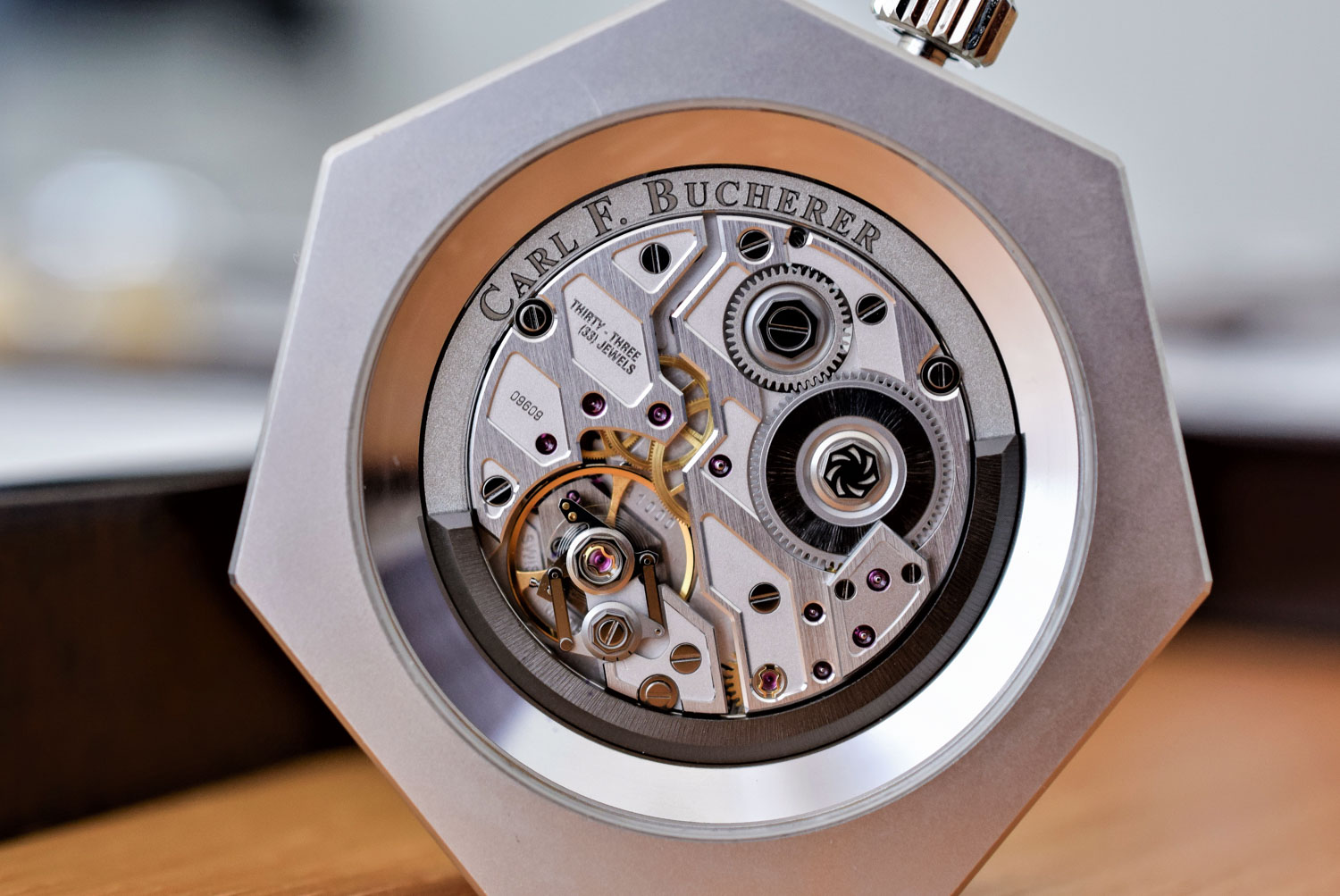
The 1950s – First attempts
The idea of peripheral winding is not exactly new. We can refer to a patent applied in June 1955 by Paul Gosteli of Geneva, (Swiss patent N° 322325 pictured below, filed on June 6th 1955, published on July 31st 1957) describing an original winding system for watches “characterized by an annular segment located around the movement cage”.
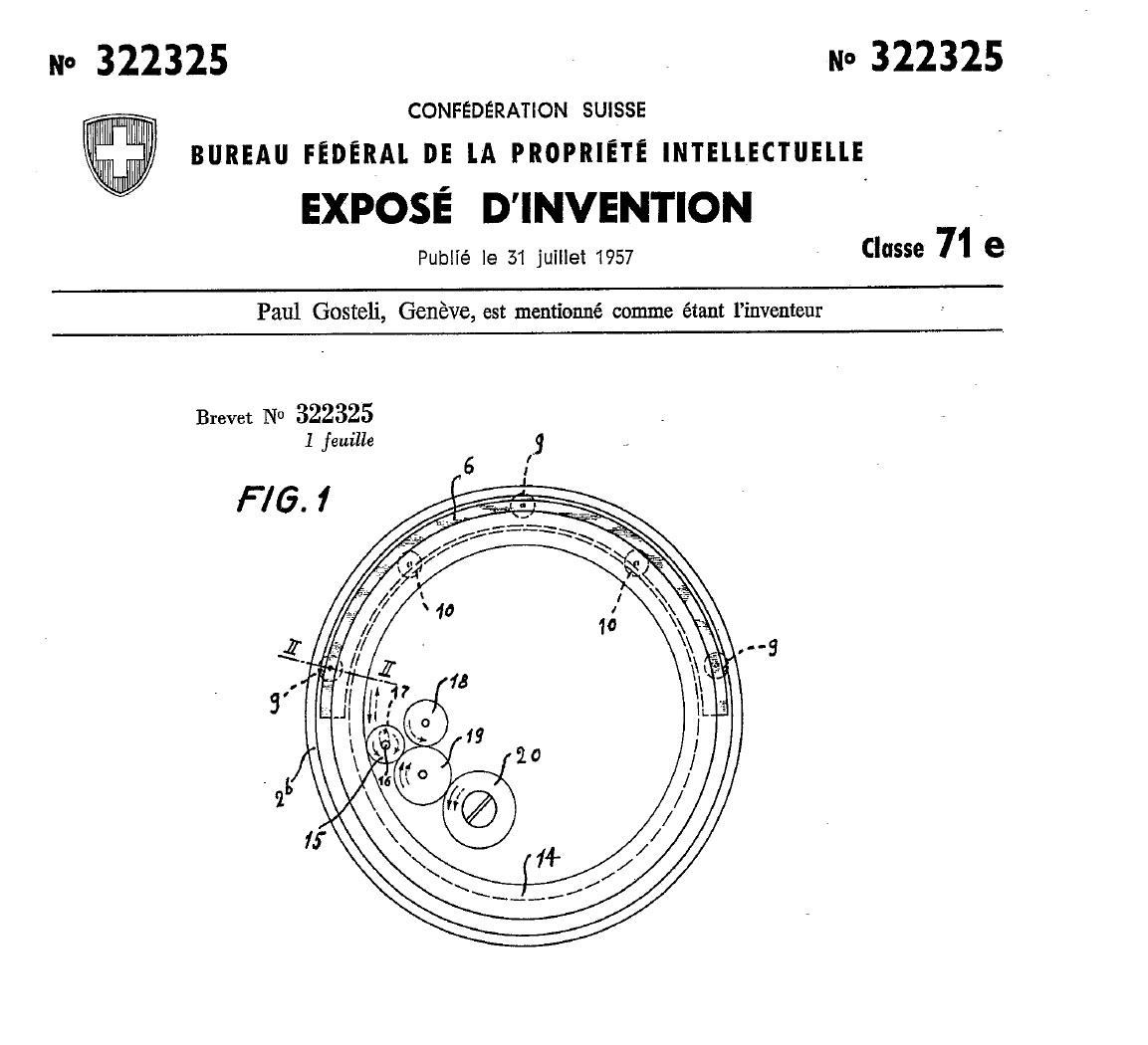
Similarly, some 10 years later, Patek Philippe also applied for a patent for a self-winding watch movement (Swiss patent N° 548213, filed on June 15th 1965 , published on February 29th 1968) with “a winding mass in the form of an annular segment… the mass and its associated gearing are disposed peripherally of the movement”. The brand would consequently manufacture the calibre 350. Among the various technical challenges, a traditional stem and crown could not be used because of the oscillating weight rotating at the periphery. Thus, the crown had to be mounted on the caseback side.
2009 – The comeback with Carl F. Bucherer
Carl F. Bucherer (CFB) has to be credited as the brand that brought the concept to modern serial production (2009), thanks to an efficient and convenient technical solution that includes a traditional crown and stem positioned at 3 o’clock – the crown was at the back of the watch for the Gosteli and Patek patents above. Carl F. Bucherer’s concept relies on three small DLC coated rollers with ceramic ball bearings, driving the peripheral rotor. The ceramic ball bearings require no lubrication and winding is bidirectional: the rotor supplies energy when turning in either direction, thanks to two clutch-wheels with clamp rollers (based on friction).
Carl F. Bucherer implemented this smart concept first on the CFB A1000 calibre (2009), then on the calibre CFB A2000 (2016, an evolution of the calibre A1000, intended to be produced on a larger scale) and more recently on the calibre CFB T3000 with peripheral tourbillon regulator (2018) – all of them being entirely designed and manufactured in-house, in Lengnau.
Other applications
Following the development of the concept by Carl F. Bucherer, several other brands have implemented a peripheral rotor on their movements (mostly high-end) in recent years. For instance, Dewitt, Vacheron Constantin, Breguet or Audemars Piguet. Peripheral rotors have also been instrumental in the creation of record-thin automatic watches. Late 2017, Piaget became the world record holder for the thinnest automatic watch. Powered by the calibre 910P, with its peripheral rotor visible dial-side, the Altiplano Ultimate Automatic is just 4.30 mm overall. The rotor is here positioned around the movement and mounted partially under the bezel – one of the multiple solutions that helped saving space on this watch.
Just a few months later, Bvlgari set two records in a single watch, the Octo Finissimo Automatic Tourbillon – the thinnest automatic watch and the thinnest tourbillon ever at just 3.95 mm. Thanks to the peripheral rotor, this self-winding movement is exactly the same height as the non-automatic version. It is just larger. However, Bvlgari’s watchmakers had to incorporate a pusher at 4 o’clock to alternatively set the time or wind the watch.
Last but not least, Cartier proposed another interesting – and artful – application of peripheral rotor winding. The peripherally-mounted oscillating weight of the calibre 9603 MC winds the movement and is shaped into beautiful designs brought to life in a clever way at every movement of the wearer’s wrist. For instance, the Rencontre de Panthères, presented at SIHH 2018, features two Panthers that rotate as they seem to fight around a ring at the centre of the watch.
The peripheral rotor is certainly one of the major recent innovations in automatic winding mechanisms. While the micro-rotor and, even more, the centrally-mounted oscillating weight have been widely used since the 1950s, the advent of the peripheral rotor is recent. Yet, more and more brands use this stylish and technically sophisticated solution. It combines many advantages: thinness, efficient winding (much more efficient than a micro-rotor, for instance), uncluttered view on the movement… In this perspective, it would seem logical to see this solution soon applied to more “mid-end” watches. Still, Carl F. Bucherer has already proven that such mechanisms can be applied to watches with a relatively reasonable price. Credit where credit is due.

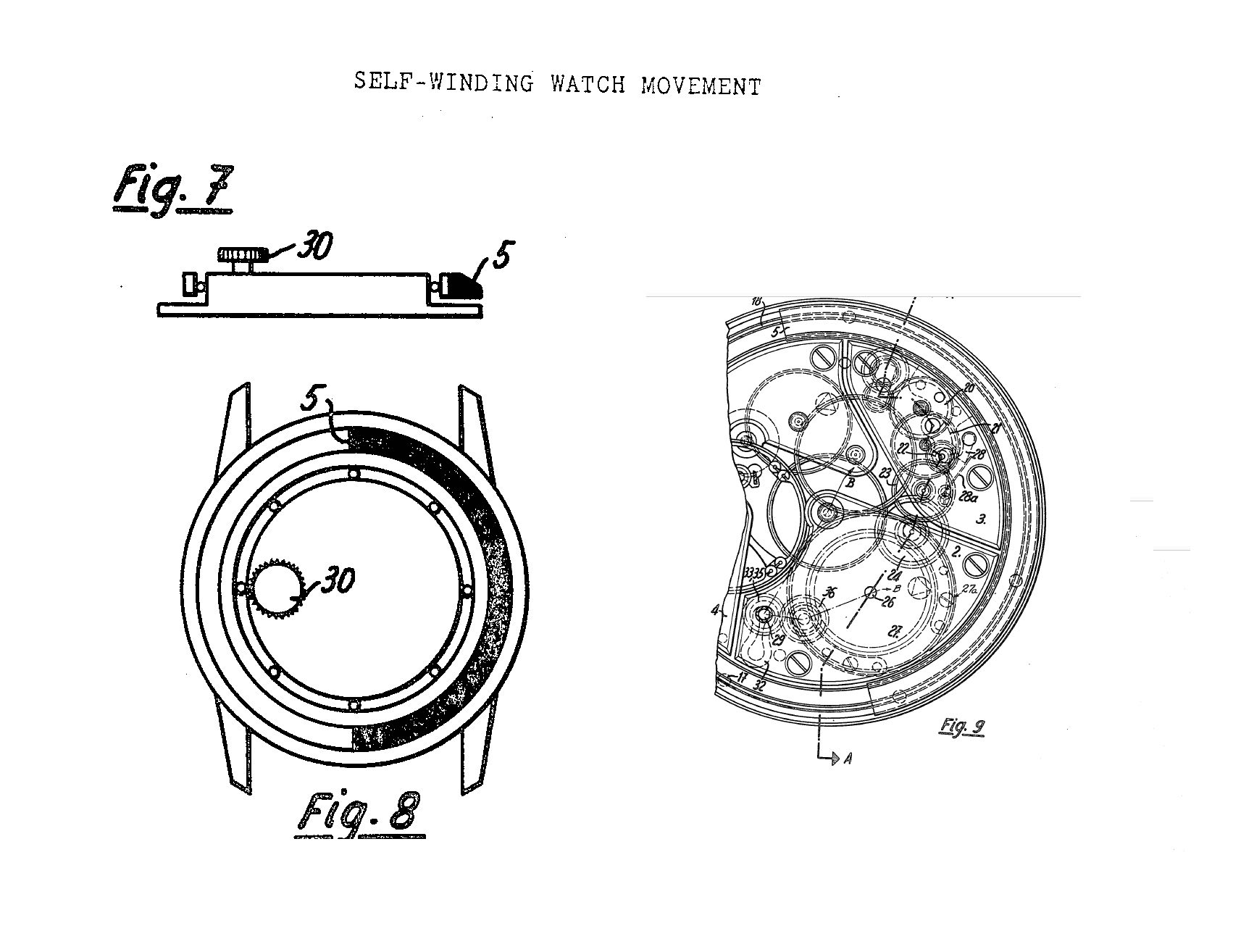

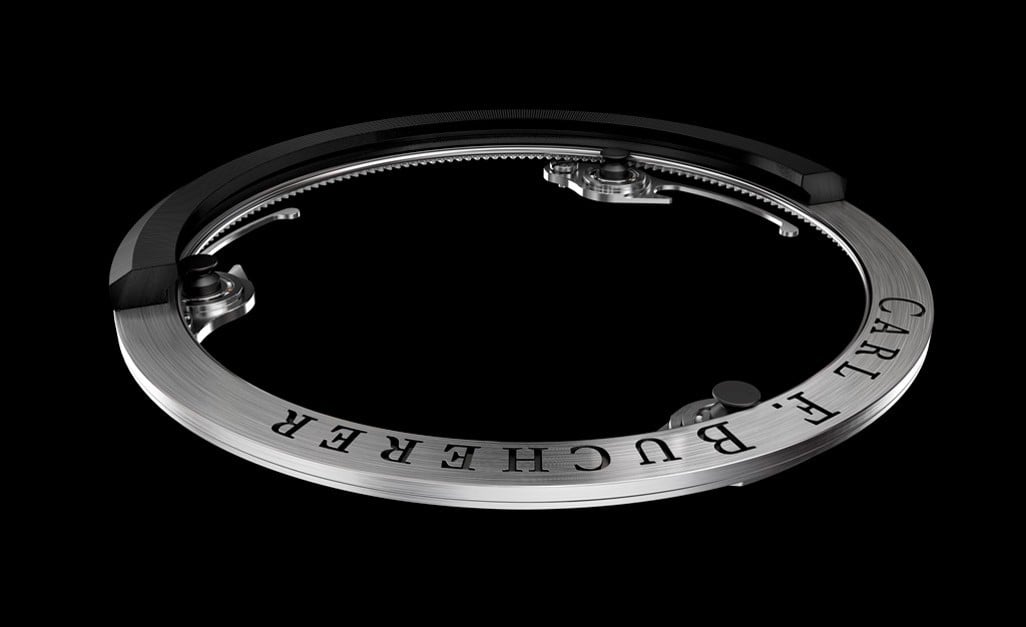
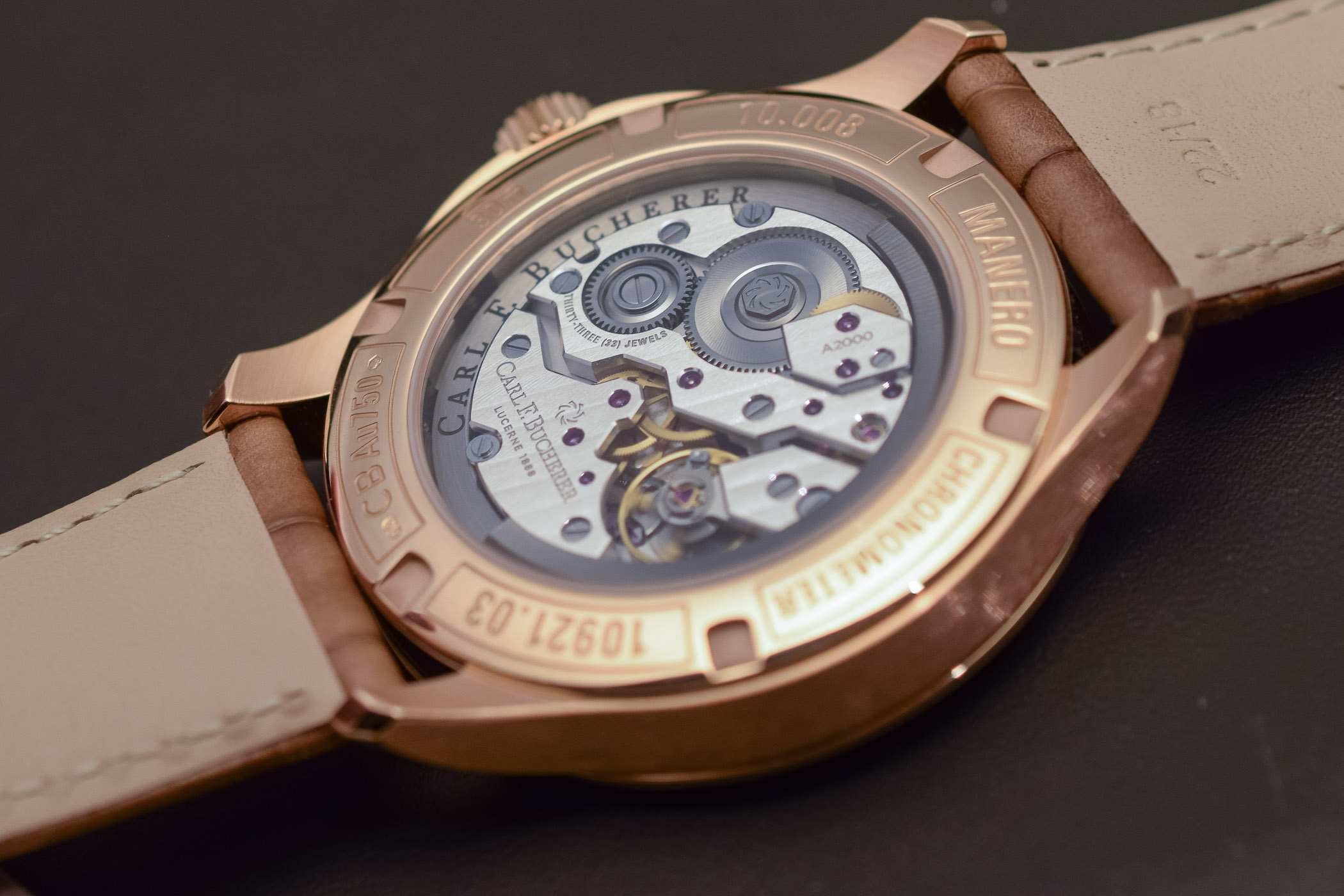
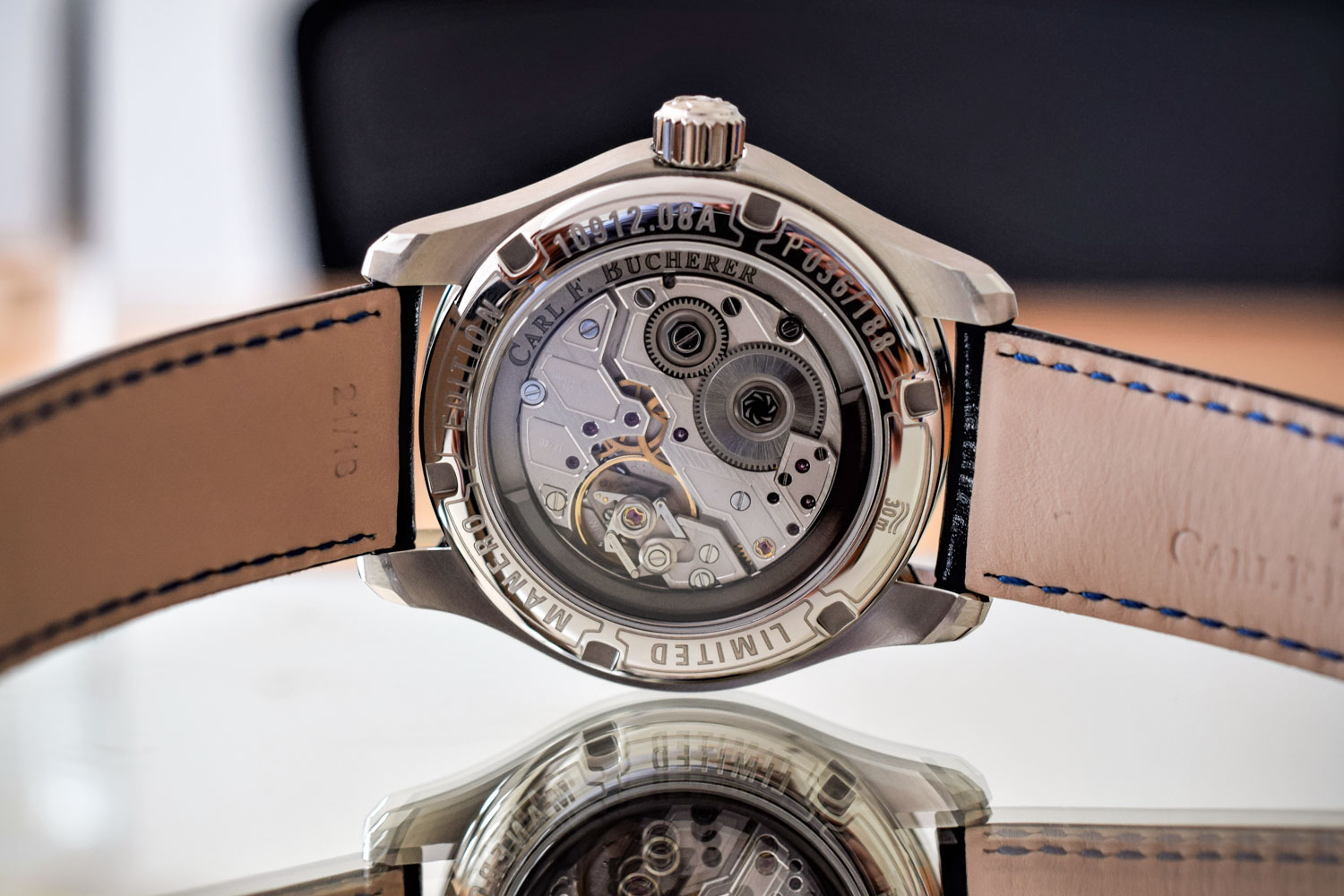


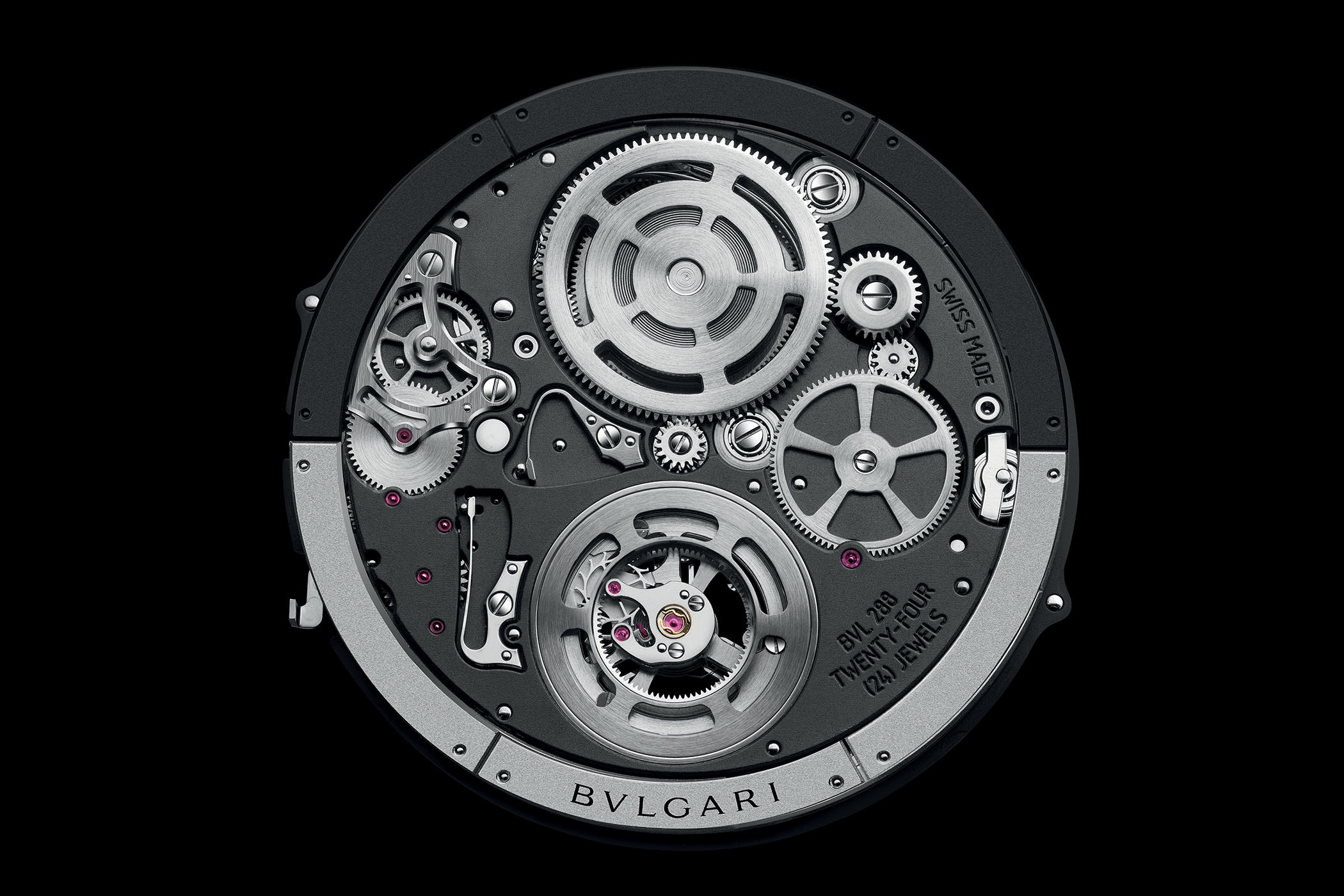




5 responses
Sistem51 by swatch has this feature…..and that is a 150 dollar watch
The sistem51 winding mechanism is different, the rotor is a transparent disc.
Exactly, the rotor has a transparent center and colored outer ring. The mechanism talked about here has just the outer ring as seen by the diagram they included in the article (patent diagram by Paul Gosteli).
Interesting highlight: thanks.
The Car F Bucherer is really nice. actually a lot of models by CFB are great if it wasn’t for the huge POWER RESERVE inscription on the dial. I don’t understand why they keep ruining otherwise very nice dials with this! I mean someone at CFB should have already realized this removes all class from a dial and makes it cheap. it really a shame because some of their timepieces could play among much more prestigious brands.